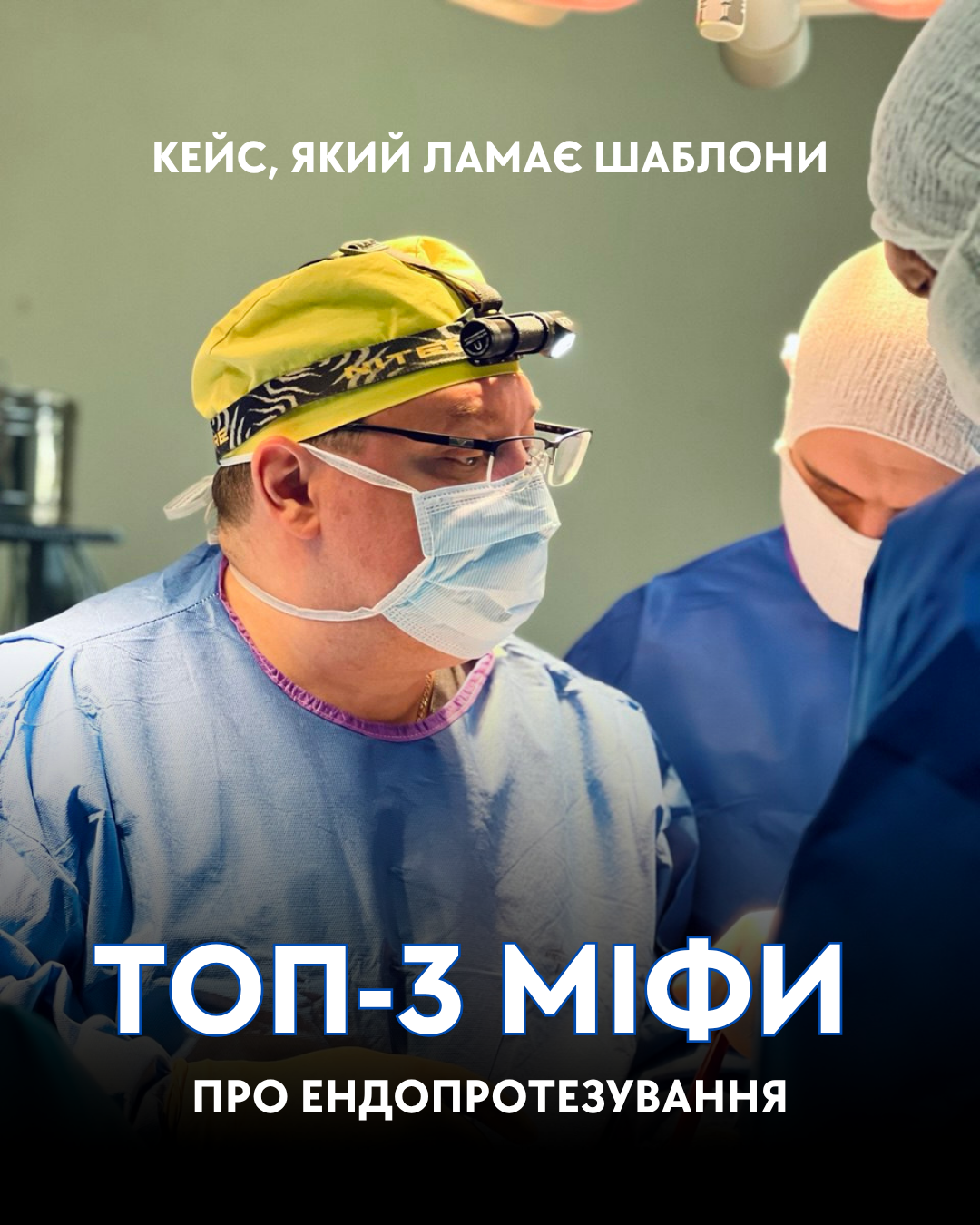Hip arthroplasty
Hip arthroplasty is a surgical replacement of a damaged joint with an artificial implant that fully performs the functions of the removed joint. Such replacement allows a patient to return to a mobile lifestyle at any age without restrictions and pain. Endoprosthetics is a radical solution to the problem of a damaged joint when all other methods are no longer able to improve the situation.
TYPES OF PROSTHESES. HOW TO CHOOSE THEM
According to the type of fixation, there are cement and cementless prostheses. Elderly people usually need a cement type, which allows for early loading of the limbs. For young patients, it is better to have a cementless prosthesis, which, although it does not allow the first 1.5-2 months to shift all the weight to the operated leg, during this time the bone tissue grows into the pores of the implant and thus fixes it firmly.
INDICATIONS
If inflammation and joint mobility are at an advanced stage, there is pain that progresses, then there is only one true option to stop and cure such a joint - endoprosthetics.
When it is appropriate to perform such an operation:
fracture of the femoral neck;
osteoarthritis;
aseptic necrosis of the femoral head;
rheumatoid arthritis;
Bekhterev's disease;
lupus erythematosus;
growth of bone fragments of the femoral neck joint;
fractures of the joint that have not fused properly.
CONTRAINDICATIONS
There are some taboos to arthroplasty. Usually, these are diseases in a state of serious progression. Below is a list of the main ones.
Purulent infection.
Serious cardiovascular diseases.
Decompensated respiratory diseases.
Endocrine diseases in the late stages of development.
Renal and hepatic failure.
HOW THE OPERATION GOES
Before the operation, you should undergo an examination and tests prescribed by your doctor. Including an electrocardiogram and, if necessary, an ultrasound examination of the veins of the lower extremities.
The arthroplasty procedure usually lasts from 45 minutes to 1.5 hours under general anesthesia or epidural anesthesia. In some complicated cases (for example, in case of dysplasia or injuries of the acetabulum), it takes 2-3 hours. First, the doctor makes an incision in the pelvic area, then the damaged joint or its components, along with deformed cartilage, are removed and an artificial implant is placed. It is firmly fixed and treated with a special liquid for bonding. Next, the tissues of the incision are sutured in layers, and the upper layer of skin is stapled. A silicone drainage tube is installed to drain excess blood. The surface is treated with antiseptic agents.
REHABILITATION AND RECOVERY
You can get up in bed and walk with crutches the very next day after surgery. Elderly people find it more convenient to move around on stilts. A dosed load on the leg (80% of total weight) can be given to patients with a cement type of prosthesis, and a cementless prosthesis requires only 20% of load for the first 6-8 weeks. To prevent thromboembolism, the lower extremities are bandaged with an elastic bandage or elastic stockings are worn. After 5-10 days, you can return home and follow all the doctor's recommendations for recovery on your own. These include physical exercises, calcium and bone remodulators, and instructions on how to behave in everyday life with the timing and intensity of loads.
RESULTS AFTER ARTHROPLASTY
Endoprosthetics is a high-tech operation that has a nearly 100% positive effect. And patients, regardless of age and the degree of the problem (usually in the late stages of a joint disease or injury), return to full mobility: walking, running, squats, and strength sports. With proper rehabilitation in the postoperative period, the implant can withstand significant loads and will last for decades. Repeated joint replacement occurs in elderly patients who have already had an implant in their youth. The statistics of Dr. Makarov's operated patients shows that all 1800 arthroplasty operations were successful and people returned to their normal rhythm of life without any complications or problems. This is the only and one-time way to avoid disability and feel the ease of movement again.

Results of hip arthroplasty

Hip replacement right-sided coxarthrosis grade 3 65 years old
The patient, 65 years old, diagnosed with right-sided coxarthrosis of the 3rd degree. Surgical treatment was performed: total cementless arthroplasty of the right hip joint with the LINK C.F.P. system, removal of osteophytes along the edge of the acetabulum. The operation was performed under spinal anesthesia. The postoperative period was without complications. The result is shown in the video exactly 1 year after the surgery. Endoprosthetics is not a limitation, but a new [...]

Hip arthroplasty Right-sided idiopathic coxarthrosis 3-4 grade
The patient was admitted to the hospital with a diagnosis of: Right-sided idiopathic coxarthrosis, grade 3-4. Surgery was performed: primary cementless arthroplasty of the right hip joint with the LINK system and concomitant removal of osteophytes. The operation was performed under spinal anesthesia. The postoperative period was uneventful. The result is shown in the video 2.5 months after hip arthroplasty.